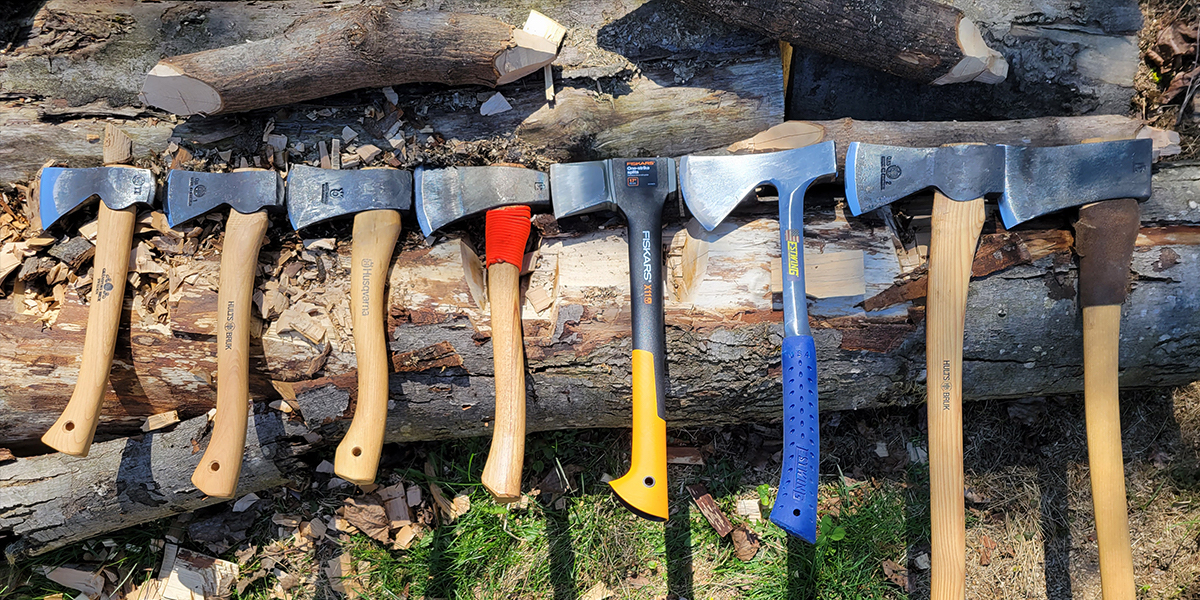What is the Best Wood for an Axe Handle : Top Choices for Strength
When it comes to choosing the right wood for an axe handle, there are several factors to consider. The type of wood used can significantly impact the durability, performance, and overall quality of the axe. In this article, we will explore some of the best wood options for axe handles and the unique properties that make them suitable for this purpose.
Important Qualities of Wood for Axe Handles
Before delving into specific wood types, it’s essential to understand the key qualities that make a particular wood suitable for axe handles:
- Strength and Durability: The wood needs to be strong enough to withstand the impact and stress of chopping and splitting wood.
- Shock Absorption: The ability to absorb shock is crucial for reducing the strain on the user’s hands and arms.
- Flexibility: A certain level of flexibility is necessary to prevent the handle from breaking under pressure.
- Grip and Comfort: The wood should allow for a comfortable and secure grip to ensure safe and efficient use of the axe.

Credit: www.outdoorlife.com
Top Wood Choices for Axe Handles
Several types of wood are well-regarded for their suitability as axe handles due to their unique properties. Let’s take a closer look at some of the best options:
Hickory
Hickory is widely recognized as one of the best woods for axe handles, thanks to its exceptional strength, toughness, and shock resistance. It has a straight grain structure, making it resilient against bending or breaking, even under heavy use. Hickory’s natural flexibility also contributes to its durability, absorbing impact without splintering or cracking.
| Pros | Cons |
|---|---|
| Superior strength and shock resistance | Relatively higher cost compared to other woods |
| Excellent flexibility and durability | Requires proper maintenance to prevent drying and splitting |
Ash
Ash is another popular choice for axe handles, valued for its strength, resilience, and impressive shock-absorbing properties. Its open grain structure provides an excellent grip while minimizing hand fatigue during prolonged use. Ash handles are known for their ability to dampen vibrations, offering a comfortable and controlled chopping experience.
| Pros | Cons |
|---|---|
| High strength and shock absorption | May be susceptible to moisture and insect damage if not properly sealed |
| Good impact resistance and grip | Requires periodic maintenance to preserve its longevity |
Oak
Oak is renowned for its robustness, making it a reliable choice for axe handles. Its tight grain structure and natural density provide exceptional strength and durability, ideal for heavy-duty chopping tasks. While oak handles may be slightly heavier than those made from other woods, they offer reliability and stability for demanding use.
| Pros | Cons |
|---|---|
| Exceptional strength and durability | Heavier than some other wood options |
| Tight grain structure for added resilience | May require more frequent maintenance to prevent moisture damage |
Maple
Maple is prized for its balance of strength, flexibility, and shock resistance, making it a dependable choice for axe handles. Its fine and uniform texture allows for a smooth and comfortable grip, reducing slippage and ensuring precise control during use. Maple handles are known for their longevity and ability to withstand rigorous chopping applications.
| Pros | Cons |
|---|---|
| Excellent balance of strength and flexibility | May require regular tightening of the axe head due to wood compression |
| Uniform texture for a comfortable grip | Less shock absorption compared to hickory or ash |
Frequently Asked Questions For What Is The Best Wood For An Axe Handle : Top Choices For Strength
What Type Of Wood Is Ideal For An Axe Handle?
Hickory is known for its strength, shock absorption, and durability, making it the best choice.
Why Is Hickory Considered The Best Wood For An Axe Handle?
Hickory has a high tensile strength, making it resistant to breakage and ideal for absorbing shock.
Are There Other Wood Options Suitable For Axe Handles?
While ash and oak are also used, hickory’s superior strength and shock absorption make it the top choice.
What Are The Benefits Of Using Hickory For An Axe Handle?
Hickory offers a perfect balance of strength, flexibility, and durability, providing a reliable and comfortable grip.
Conclusion
Choosing the best wood for an axe handle is crucial for ensuring the longevity, performance, and safety of the tool. While hickory, ash, oak, and maple are among the top choices, it’s essential to consider the specific requirements of the intended use and personal preferences when selecting the most suitable wood. With proper maintenance and care, a well-crafted axe handle can enhance the efficiency of cutting and chopping tasks while providing comfort and confidence to the user.




